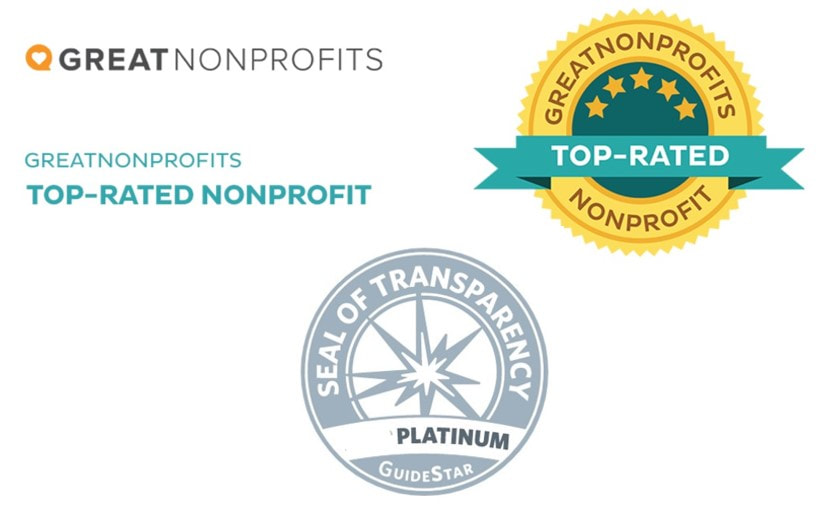Open-Sourcing
Our Mission
|
The mission of the Center for Global Initiatives is to help in the creation of self-sustaining programs that improve access to healthcare in underserved communities throughout the world. It is our goal to “Open-Source Humanitarian Intervention.”
Conceptually, we see the problem we address as healthcare services, sciences, systems, education, and research all suffer from disconnections — globally and locally, biologically and behaviorally, training and practice. Health inequities are global in scale; however, it is the Center's philosophy to successfully address these injustices through multiple, smaller scale projects, with a coordinated focus and outcome accountability. We have been endorsed by Great Nonprofits since 2013 and hold a Platinum Level rating from GuideStar. |
Generally we do this by:
Until now, there has not been a truly integrated Center that is at once mindful of all the complex aspects of global health inequities while also focused on small, outcomes-oriented projects that are agile, responsive, and empowering in clinical, training, and research domains. We believe that health is perhaps the 'Most Common Denominator' in a region's potential for success as it is so intertwined with economic sustainability, eradicating poverty, preventing war, mitigating violence, and fostering social prosperity. |
Our Philosophy -
|
difference—perhaps not always at a "statistically significant level" suitable for peer reviewed journal publication, but quite significantly to that person, or that family, or that clinic, or that community. This is something I can bear witness to having seen with my own eyes, and also added to the formation of the Center for Global Initiatives. This issue of outcomes is a tricky one. While I, and many others, whole heartedly support empirical, outcome-based approaches, there is also a caution that comes with such accountability concepts. And while it is reasonable for funding sources to establish efficacy expectations for projects they support, the metrics should be gauged to most accurately measure what is supposed to be measured, contaminating/contributing variables must be identified and considered, and the timeline should be adequate to allow for accurate measurement of effect (Garrett, 2007). Outcomes should always be judged by those worked with, and communicated to all involved – patients, donors, and board members. This means that it can take a while to see what impact a project has on life expectancy or live births or Disability Adjusted Life Years (DALYs) or whatever. Such metrics simply cannot always be accurately measured in 18 months’ time post-intervention. - Chris Stout |
The Most Unique Aspects of the Center
|



